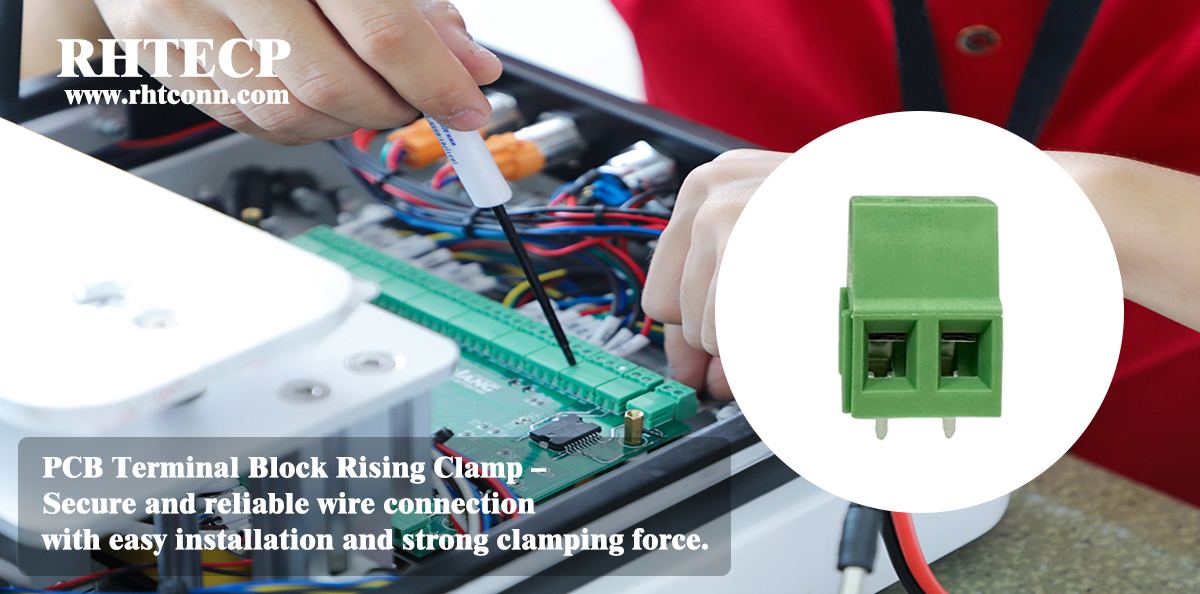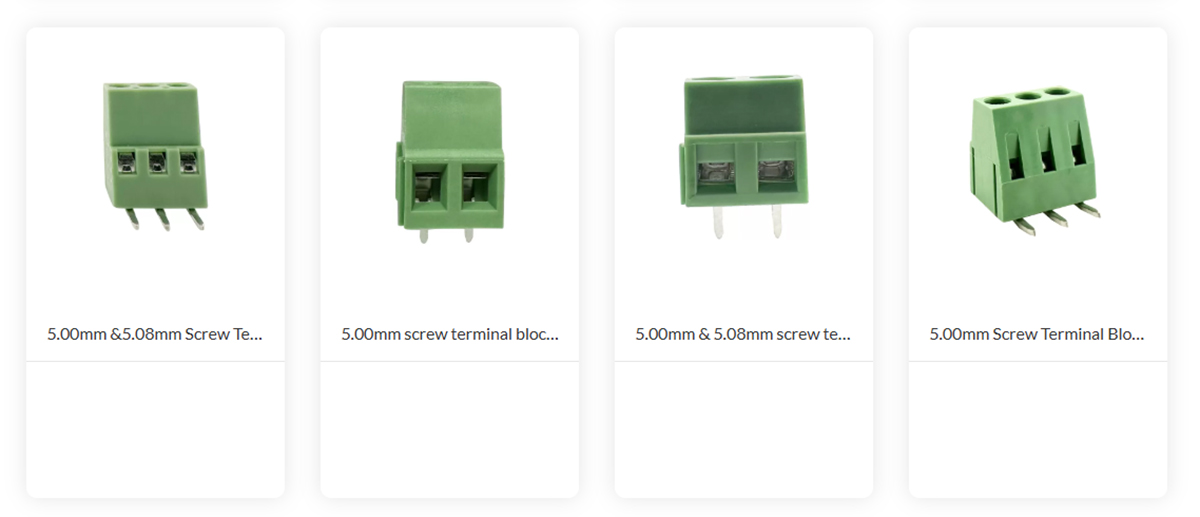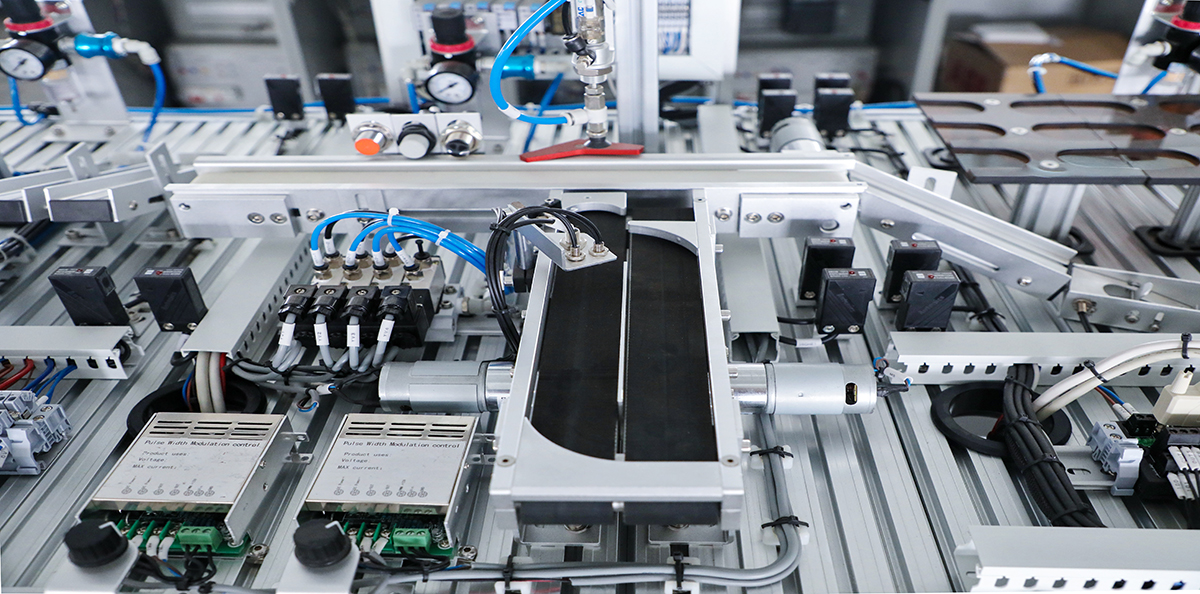
In the fast-evolving electrical components industry, PCB Terminal Block Rising Clamps have become an essential solution for safe, efficient, and reliable wire connections across various applications. As a trusted PCB Terminal Block Supplier, this category addresses key challenges such as secure wire retention, ease of installation, and long-term durability. With growing reliance on automation and control systems, rising clamp terminal blocks play a pivotal role, providing dependable connectivity in demanding industrial environments while ensuring consistent performance over time. The increasing demand for high-quality electrical connections, projected to grow annually, highlights the importance of selecting the right terminal block solutions for modern applications.

What Are PCB Terminal Block Rising Clamps?
PCB Terminal Block Rising Clamps are modular connectors designed to provide secure electrical connections on printed circuit boards. They feature a rising clamp mechanism that grips the wire firmly when inserted, eliminating the need for screw tightening. This design allows for quick installation and removal of wires, reduces mechanical stress on the conductor, and ensures reliable long-term performance.

Application Scenarios for PCB Terminal Block Rising Clamps
Rising clamp terminal blocks are widely used in industries that require high reliability and frequent maintenance:
Industrial Automation: Ensure fast, secure connections on control panels, improving system uptime and simplifying wiring changes.
Renewable Energy: Provide safe and durable connections for solar inverters, wind energy systems, and other power electronics.
Building Automation: Efficiently manage lighting, HVAC, and other building systems, enabling organized and reliable installations.
Transportation & Machinery: Maintain robust connections in vehicles and industrial machinery that are exposed to vibration and movement.
Advantages of PCB Terminal Block Rising Clamps
Understanding the benefits of rising clamp terminal blocks helps in selecting the right solution:
Quick Installation: The rising clamp mechanism allows tool-free wire insertion, reducing labor time and installation errors.
Secure Connection: The clamp provides a strong grip on wires, ensuring consistent electrical contact even under vibration or thermal cycling.
Maintenance-Friendly: Wires can be easily replaced or rearranged without unscrewing, minimizing downtime and simplifying maintenance.
Space-Saving & Flexible: Compact design allows for high-density wiring on PCB layouts without compromising reliability.
Durable Performance: Materials and construction ensure long-term stability, even in harsh environments.
Next Steps
To ensure optimal use of PCB Terminal Block Rising Clamps, consult technical datasheets and installation guides provided by manufacturers such as RHT. These resources offer best practices for wiring, testing, and maintenance, helping you maximize efficiency and reliability.
Frequently Asked Questions (FAQs)
1. How do rising clamp
terminal blocks differ from screw terminal blocks?
Rising clamp terminal blocks grip the wire using a spring-like mechanism,
enabling faster, tool-free connections. Screw terminal blocks require manual
tightening, which can be more secure in high-vibration scenarios but is slower
to install.
2. How do I select the right
PCB terminal block rising clamp for my project?
Consider current and voltage ratings, wire size, PCB layout space, and
environmental conditions. Compatibility with your existing system is also
essential.
3. Where can I find reliable
PCB terminal block rising clamps?
Trusted suppliers like RHT offer a wide range of rising clamp terminal blocks
with detailed technical support and quality assurance for both industrial and
commercial applications.
Investing in the right PCB Terminal Block Rising Clamp ensures safe, efficient, and reliable electrical connections, whether for automation, renewable energy, building systems, or industrial machinery. By selecting quality components, you can improve performance, reduce maintenance costs, and future-proof your electrical installations.